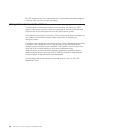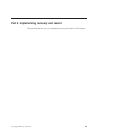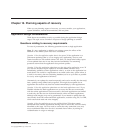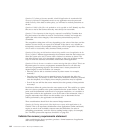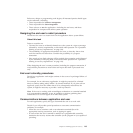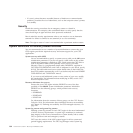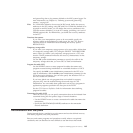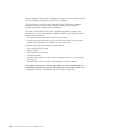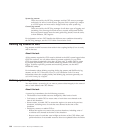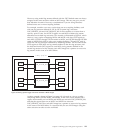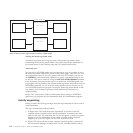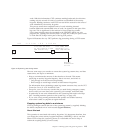normal conditions. They should, nevertheless, be tested as far as possible, to ensure
that they handle the functions for which they are designed.
CICS facilities, such as the execution diagnostic facility (CEDF) and command
interpreter (CECI), can help to create exception conditions and to interpret
program and system reactions to those conditions.
The ability of the installed CICS system, application programs, operators, and
terminal users to cope with exception conditions depends on the designer and the
implementer being able to:
v Forecast the exceptional conditions that can be expected
v Document what operators and users should do in the process of recovery, and
include escape procedures for problems or errors that persist
Conditions that need documented procedures include:
v Power failure in the processor
v Failure of CICS
v Physical failure of data set(s)
v Transaction abends
v Communication failures—such as the loss of telephone lines, or a printer being
out of service
v Shunted units of work, caused by communication or backout failures
It is essential that recovery and restart procedures are tested and rehearsed in a
controlled environment by everyone who might have to cope with a failure. This
is especially important in installations that have temporary operators.
106 CICS TS for z/OS 4.1: Recovery and Restart Guide



